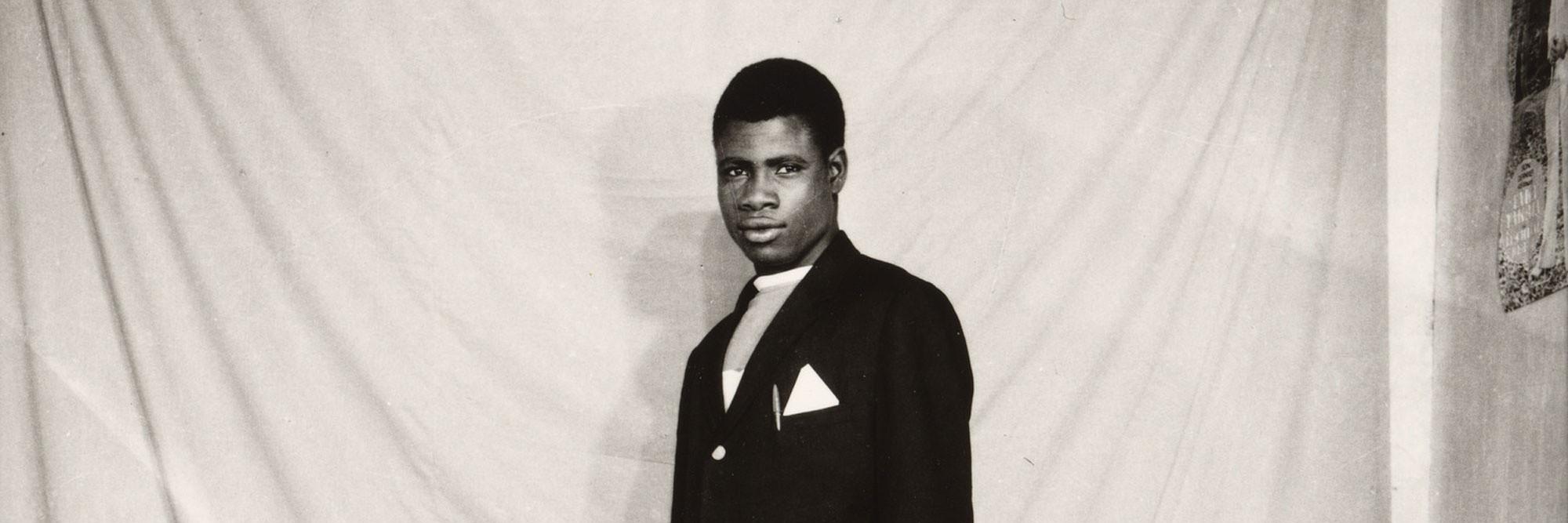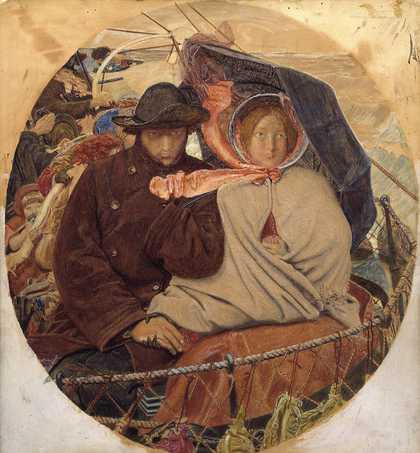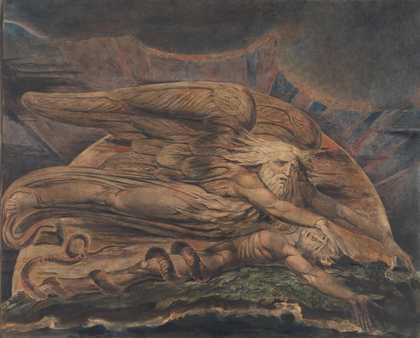Dec 14, 2025–Jul 25, 2026
MoMA
Ideas of Africa: Portraiture and Political Imagination is an evocative exhibition exploring the profound power of photographic portraits to inspire political imagination and solidarity across the African continent during the pivotal mid-20th century.
This groundbreaking exhibition gathers a rich collection of striking photographs by pioneering artists who documented everyday life, vibrant music scenes, and the burgeoning youth culture in Central and West African cities such as Bamako, Bobo-Dioulasso, and Kinshasa. Among these artists are the influential Jean Depara, Seydou Keïta, Malick Sidibé, and Sanlé Sory, whose evocative images capture a moment when African societies were undergoing transformative decolonial changes, mirroring the fervor of the concurrently rising US Civil Rights Movement. Their work extends beyond mere documentation, offering a potent visual narrative of emerging political realities and collective identity.
Complementing this pan-African spirit, the exhibition also highlights the contributions of diasporic photographers like James Barnor and Kwame Brathwaite, who living in Europe and North America respectively, were instrumental in shaping the global political conception of Africa as an idea. Their images challenge and expand the visual lexicon associated with African identity, politics, and solidarity.
Adding a contemporary dimension, artworks by Samuel Fosso, Silvia Rosi, and Njideka Akunyili Crosby demonstrate the lasting relevance and continuous evolution of these themes, affirming the photographic portrait’s capacity for political resonance across generations and continents.
Organized by Oluremi C. Onabanjo, The Peter Schub Curator, alongside Chiara M. Mannarino, this thoughtfully curated exhibition invites viewers to engage deeply with the creative potential of photography to not only capture likenesses but to also invoke powerful political imaginaries that contribute significantly to the understanding of Pan-African solidarity and diasporic connections. Explore more about this exhibition here.



